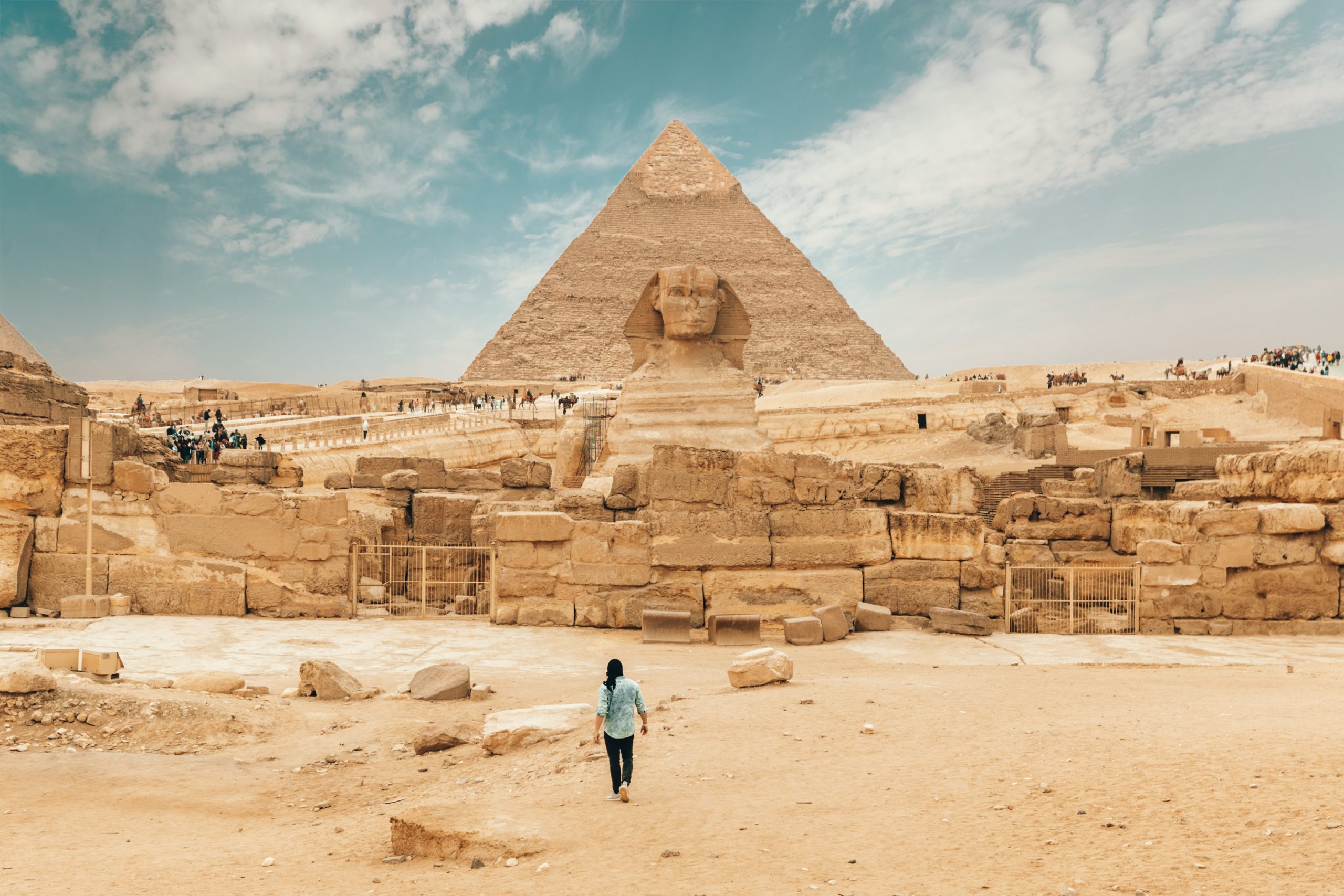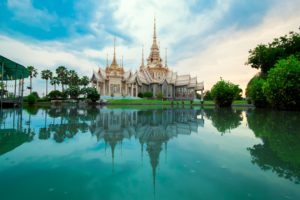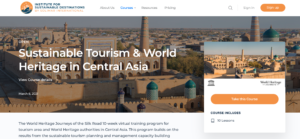
How Tourism Can Protect Cultural Heritage
At Solimar, we value tourism for the economic and social development that it brings to communities all over the world. Protecting cultural heritage is one of our utmost priorities as well as a core development objective in all of our projects. When done right, building a strong tourism economy is a great way for local residents of any region to nurture their own cultural heritage and also provide meaningful educational experiences to visitors. Today’s travelers are looking for more than just pretty views and fancy dinners; they want the authenticity that comes from diving into an entirely new culture. From rural communities in Armenia to World Heritage Sites in Portugal, learn more about how tourism can protect cultural heritage.

Community Building and Empowerment
One of the most impactful ways that tourism can protect cultural heritage is through community empowerment. This occurs when tourists are educated about the history and traditions of the local community, and in turn that community feels a stronger cohesion and sense of pride in that cultural history. Additionally, tourism based around cultural assets encourages locals to continue to pass on traditions and practices that are embedded in their history. The process of teaching other community members about these traditional methods creates a sense of unity through history. The feeling of community allyship is strengthened when tourists visit a place specifically to experience the culture.
Having people from all over the world know about the importance of a community’s history and cultural heritage is something to be proud of, and community members will embrace their heritage more and more as that pride grows and spreads. In Atauro (a small island in Timor-Leste), tourists are encouraged to visit the local arts and crafts markets. Rising popularity of the markets encourages locals to continue crafting and creating goods that reflect their culture. When tourists appreciate local markets such as these, it sparks pride in the community and allows them to continue doing work that is culturally significant. In order for this to occur, Destination Management Organizations (DMOs) and local governments must ensure that community stakeholders are present and involved in tourism development.
Tourism as a Cultural Teaching Tool
When looking at tourism as a tool to protect and inform cultural heritage, it can also be seen as a teaching tool. Tourism can be viewed as a process: money is exchanged, parts of a community are engaged through a tourist’s stay, and the tourist walks away with memories and feelings for the location. However, when the tourist is engaged with an itinerary that focuses on heritage tourism, the takeaways or “post-visit behaviors” are likely to be more significant. This is for two main reasons: 1) Someone who seeks out cultural heritage tourism is more likely to be motivated to learn something on their trip. (Check out this awesome study by Indonesia University of Education to learn more about what their study revealed) and 2) The nature of cultural heritage tourism allows for an extra layer of a destination to be revealed.
For example, let’s say a tourist visits a beach to watch the sunset at a particular destination. They walk away with an impression of the beauty of the location. What if it was framed through cultural heritage? Instead of just watching the sunset, the tourist gets to watch the sunset while engaging in a traditional feast that honors the island and all that it gives and includes a local folktale of what the sunset means to local culture. Now, that sunset experience has more significance for the tourist whose motivations resided in seeking knowledge. A large part of tourism is the intentions that motivate tourist behavior, and engaging with cultural heritage tourism allows a tourist to expand their horizons and connect more deeply with the people and the destination.

UNESCO World Heritage Sustainable Tourism Toolkit
The universal recognition and classification for the world heritage sites were adopted by the United Nations Educational, Scientific and Cultural Organization (UNESCO) in 1972, originated in an international treaty called the Convention concerning the Protection of the World Cultural and Natural Heritage. Their mission is to encourage the identification, protection and preservation of the valuable cultural and natural heritage sites to humanity around the world, regardless of the boundary limitations.
To help site managers, national/local authorities, local/international tourism industry, or even visitors and residents fully understand the essence of the UNESCO World Heritage Sites and sustainable tourism, a toolkit is provided by the UNESCO with the holistic guideline for managing heritage sites in destinations. Step by step guidance from understanding, strategic planning, governance to stakeholder engagement are available on the website with real case studies are available on the website.
Building on this work, Solimar recently launched its World Heritage Journeys of the Silk Road, a 10-week virtual training program for tourism and cultural heritage authorities in Central Asia. This program builds on the results from the sustainable tourism planning and management capacity building workshop that brought together tourism stakeholders from Kazakhstan, Uzbekistan, Tajikistan and Kyrgyzstan. The workshop introduced participants to UNESCO’s World Heritage and Sustainable Tourism Programme and the tools necessary to conserve cultural and natural heritage of Outstanding Universal Value. This Virtual Training program will build on these learnings by reuniting World Heritage and tourism authorities from the participating countries to work together to learn how to better manage sustainable tourism, how to recover and prepare for the return of tourism in the era of COVID-19, and to develop a series of cross-border itineraries that are hosted on UNESCO sustainable tourism platform – World Heritage Journeys.

As a specialist consulting and marketing firm in sustainable tourism, it is always our mission to ensure that sustainability underlies everything we do. We must work to ensure that the cultural and natural resources are protected in the development process, which leads to the long-term success for destinations. By building a sustainable tourism environment, empowering local communities, and preserving cultural values and heritage boosts the understanding and collaboration between stakeholders in different sectors. Working with local communities, we can help more destinations realize how tourism can protect cultural heritage and cherish our shared history of place.
Interested in learning more about how your destination can improve its cultural heritage offerings? Contact us today.
This blog was written by Gabby Whittaker, Kevin Lewicki, and Kuanlin Lu in July 2021
